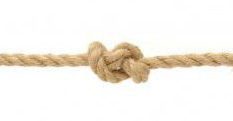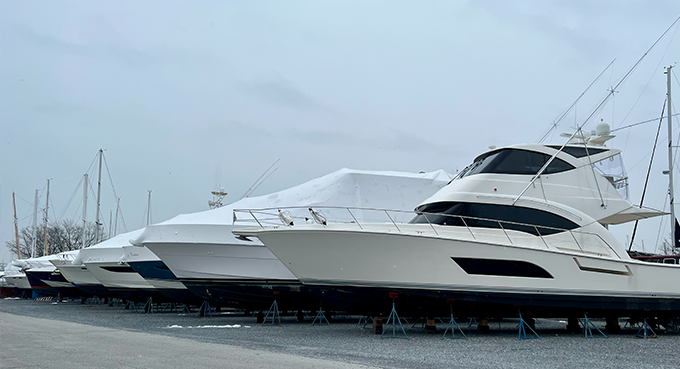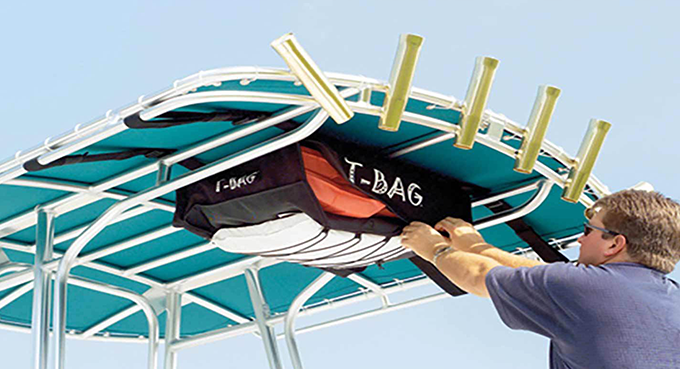Mother’s Day is just around the corner and it’s a perfect time for a gift…

Why Knot?
Stories Behind the Knot
Have you ever investigated the origin of nautical terminology? There are interesting stories behind nautical terms and phrases. Let’s take the word “knot”, which is a measurement of speed for vessels.
Dutchman’s Log
On land, there are plenty of fixed, stationary cues that help track speed and distance. In the sea, navigation isn’t so easy. Before the 17th century, sailors measured their ship’s speed using a method known as Dutchman’s log. A log or any object was dropped over the bow and crew would record how much time went by before the stern passed the log. Then the speed of the boat was calculated.
Knots and Nautical Miles
The Dutchman’s log technique was replaced by the method of using a chip log or common log. The chip log was a piece of wood attached to a line with knots tied in it at regular intervals. The interval between each knot was 47 feet and 3 inches.
One person would drop the chip log behind the stern of the vessel and allow the rope to roll out freely. A second person would use a 28 second sand glass to time the operation. At 28 seconds the line was pulled in and they would count the number of knots that had passed over the stern of the ship. The number of knots was the ships speed in nautical miles per hour. For example, if ten knots were counted, the vessel was travelling at 10 knots and it was going 10 nautical miles per hour.
We don’t use chip logs to measure speed anymore, unless you want to of course. However, knots and nautical miles are still the standard units of measurement for boating. However, understanding the history behind a “knot” can help you better understand the concept, so you’ll be more knowledgeable the next time you’re out on the Chesapeake Bay.



